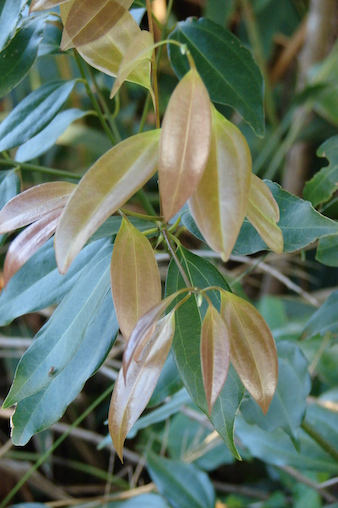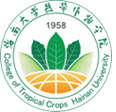Cinnamomum Cinnamomum burmannii
| Genus | Cinnamomum |
|---|---|
| Species | Cinnamomum burmannii |
| Chromosome number | 2n=2x=24 |
| Common Name | Indonesian cinnamon |
| Distribution | China, Bangladesh, Myanmar, Indonesia, Philippines |
| Description | Order: Laurales |
| Organism Image |  |






